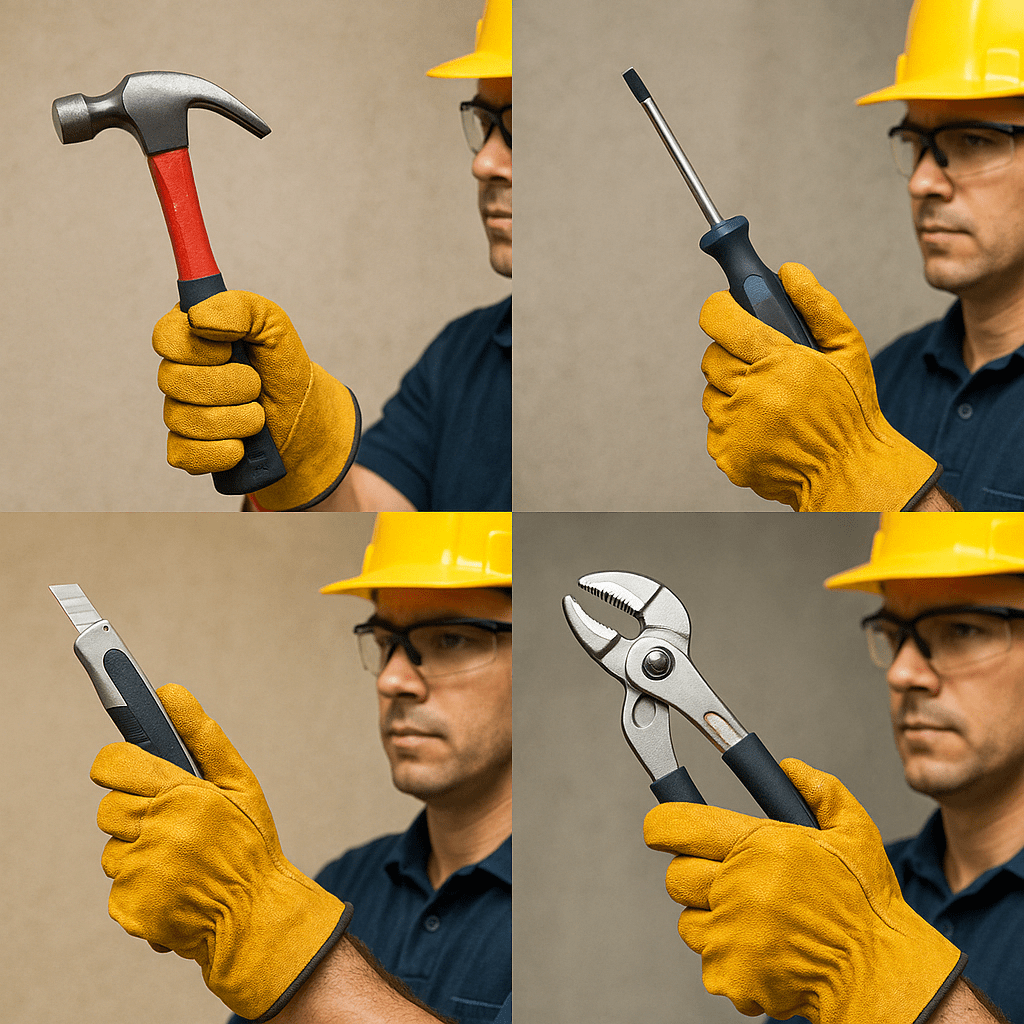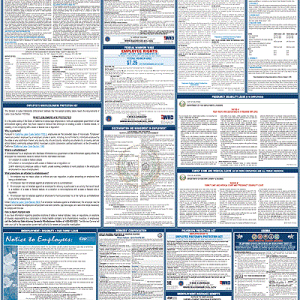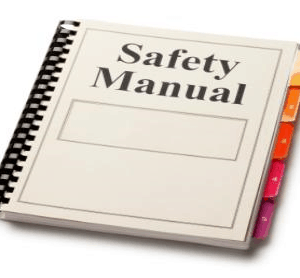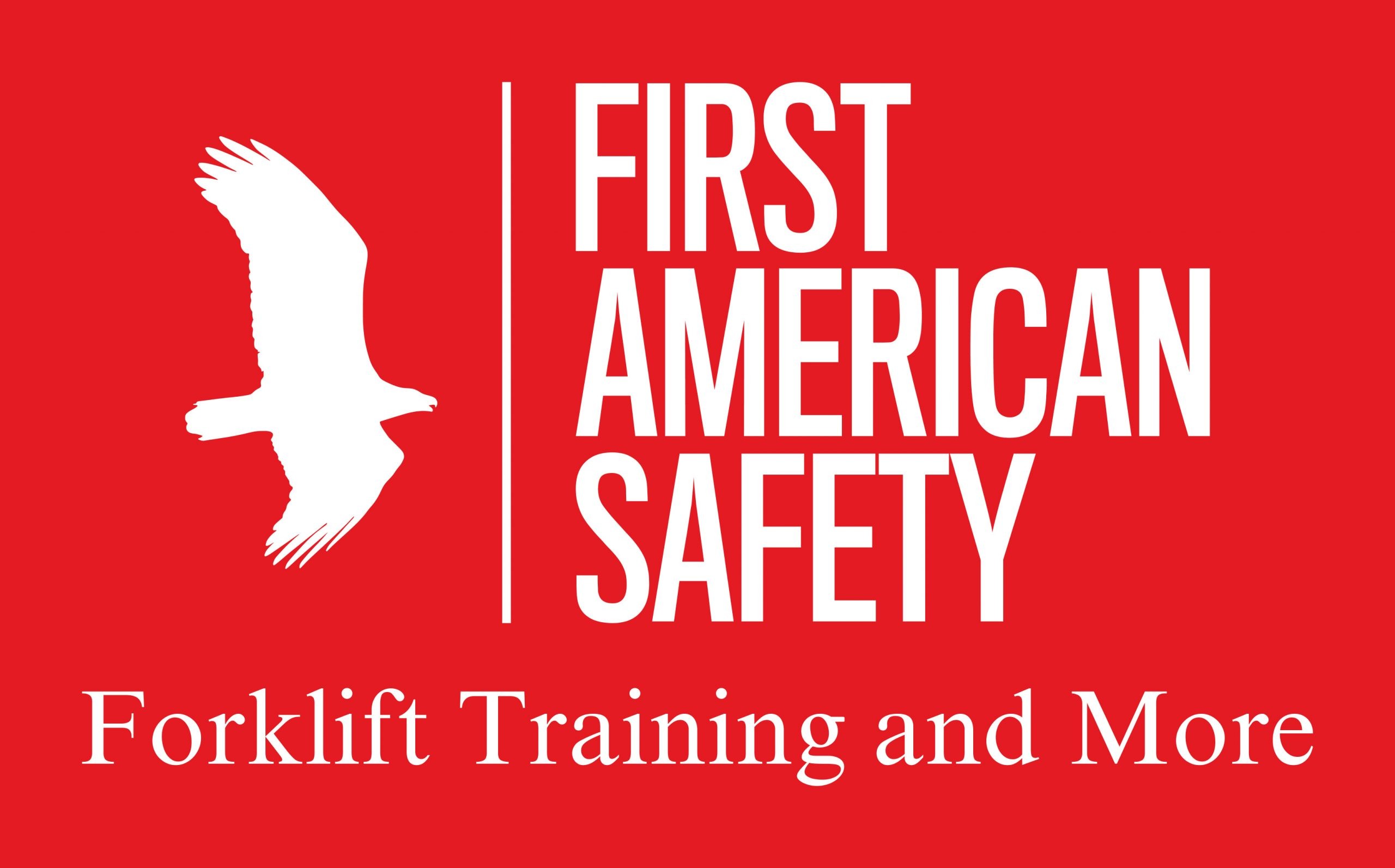Need some free safety meeting topics?
Hand Tools – Use and Safety in Construction
Online workplace safety training now available!
Browse our collection of high-quality online worker safety training courses. Convenient, cost-effective, and effective online safety training!

Hand Tools – Use and Safety in Construction Free Tailgate Safety Meeting Topic
Proper use of hand tools in construction is essential for maintaining a safe and efficient jobsite. These tools are used daily by construction workers for a wide range of tasks, but if not handled correctly, they can pose serious risks. This safety meeting will focus on common hand tools in construction, the hazards associated with each, and best practices for safe use.
For more detailed safety guidelines, visit the OSHA Hand and Power Tools Safety page.
Common Construction Hand Tools and Safe Usage
Hammer Safety – A Crucial Hand Tool in Construction
Safe Use and Hazards
Hammers are among the most frequently used hand tools in construction, typically for driving nails or breaking objects.
- Inspect the hammer before use for cracks or damage.
- Use the correct type and size of hammer for the task.
- Grip the handle firmly and ensure it is not greasy or wet.
- Strike squarely to avoid glancing blows.
- Do not use a hammer with a loose or splintered handle.
- Store hammers in a safe, dry location when not in use.
PPE: Safety glasses and gloves are recommended.

Screwdriver Safety Tips – Essential Hand Tools for Screws and Fasteners
Safe Use and Hazards
Screwdrivers are essential for driving or removing screws and are used in electrical, carpentry, and plumbing tasks.
- Choose the correct size and type for the screw head.
- Do not use screwdrivers as pry bars or chisels.
- Keep handles clean and dry for better grip.
- Apply controlled force to avoid slipping or stabbing.
- Inspect for worn or damaged tips and handles before use.
PPE: Safety glasses should be worn to protect from debris or slipping of the tool. Gloves to protect the hands and provide a strong grip.
Utility Knife Safety – A Common Cutting Hand Tool
Safe Use and Hazards
Utility knives are used for cutting drywall, insulation, and packaging but are also a leading cause of hand injuries.
- Always cut away from your body.
- Use a sharp blade to avoid applying excess force.
- Retract the blade or use a safety knife when not in use.
- Do not carry open knives in or put open knives in pockets.
- Replace blades regularly and dispose of them properly.
- Keep work area stable and secure materials before cutting.
PPE: Cut-resistant gloves, cut-resistant aprons, and eye protection are highly recommended.
Wrench Safety – Versatile and Powerful Hand Tools
Safe Use and Hazards
Wrenches are used for gripping, turning, or fastening nuts and bolts. Improper use can result in hand injuries or damaged equipment.
- Use the right size wrench for the job.
- Pull, don’t push, to reduce strain or slips.
- Never use a cheater bar for extra leverage.
- Keep jaws and handles clean and free of oil.
- Inspect for cracks or worn teeth regularly.
- Avoid using damaged or makeshift tools.
PPE: Gloves and safety shoes to protect hands and toes from dropped tools.
Chisel Safety – A Sharp and Precise Hand Tool
Safe Use and Hazards
Chisels are used for carving or cutting hard materials like wood, stone, or metal.
- Ensure the chisel is in good condition.
- Use with a suitable hammer or mallet.
- Always point the chisel away from your body.
- Clamp workpieces securely to avoid slips.
- Do not strike with excessive force.
PPE: Safety glasses and gloves are essential.
Pliers Safety – Multi-Purpose Hand Tools
Safe Use and Hazards
Pliers help with gripping, bending, or cutting wires and materials. Used incorrectly, they can lead to hand fatigue or injury.
- Use the right type of pliers for the task.
- Don’t substitute pliers for wrenches.
- Avoid cutting hardened wire with standard pliers.
- Keep cutting edges sharp and clean.
- Don’t expose pliers to excessive heat.
- Store them in a dry, organized tool kit.
PPE: Gloves and eye protection as needed.
Conclusion: Prioritize Hand Tool Safety Every Day
Hand tools are an essential part of every construction worker’s daily tasks. Knowing how to use them safely, wearing proper PPE, and performing regular inspections are key steps in preventing workplace injuries. Always follow manufacturer instructions and company safety policies.
For further safety information, visit OSHA’s Hand and Power Tools Guide.
-
 2025 Labor Law Poster State and Federal Combo$33.99
2025 Labor Law Poster State and Federal Combo$33.99 -
Product on sale
 Heat Illness Prevention PlanOriginal price was: $39.99.$29.99Current price is: $29.99.
Heat Illness Prevention PlanOriginal price was: $39.99.$29.99Current price is: $29.99. -
Product on sale
 Injury/Illness Prevention Program (IIPP)Original price was: $49.99.$39.99Current price is: $39.99.
Injury/Illness Prevention Program (IIPP)Original price was: $49.99.$39.99Current price is: $39.99.
